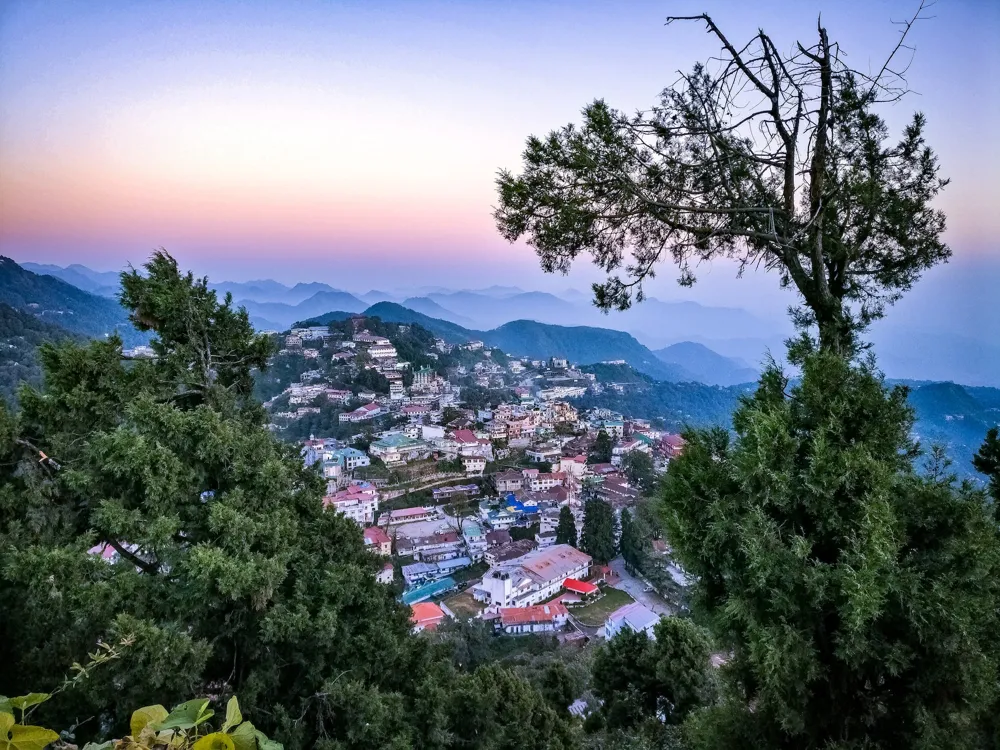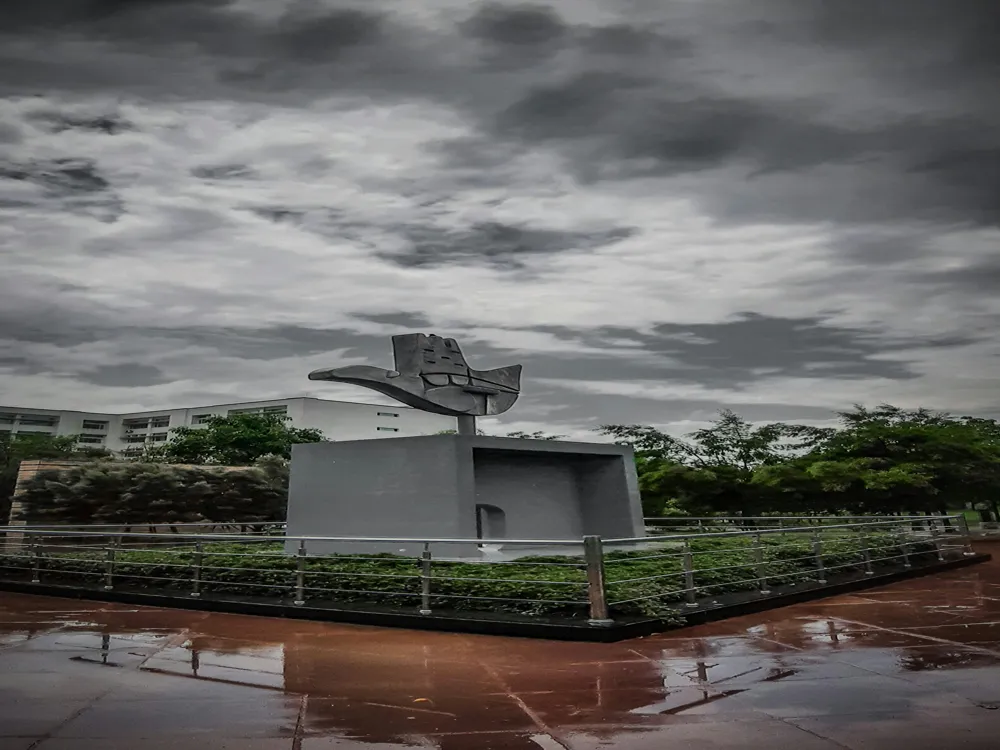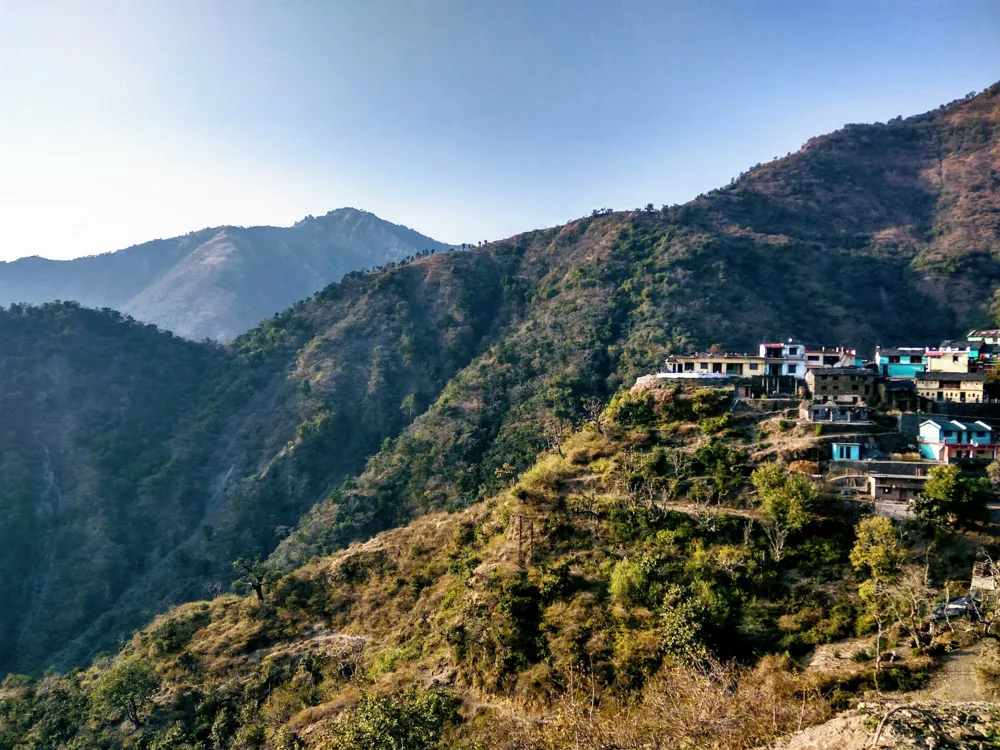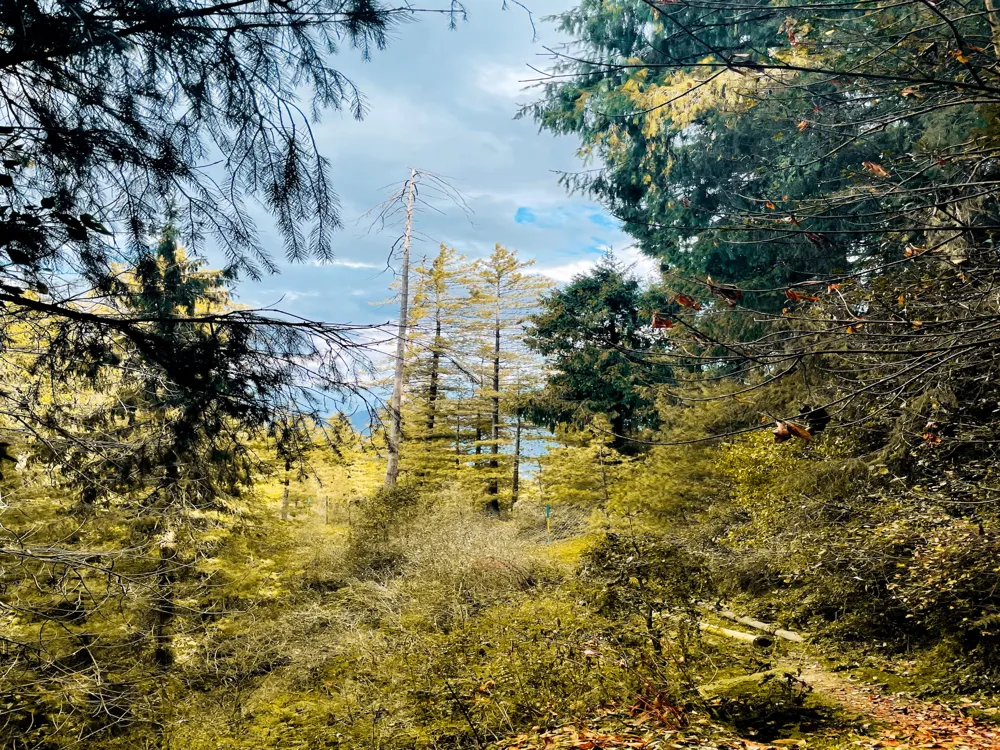Jaitak Fort, nestled in the serene landscape of Nahan in Himachal Pradesh, India, is a remarkable historical edifice that stands as a testament to the region's rich past. This fort, perched atop a rugged hill, offers a panoramic view of the lush green surroundings and is a significant landmark in the cultural and historical tapestry of Himachal Pradesh. The fort's history dates back to the early 19th century, during the Anglo-Gurkha War. It was constructed from the materials obtained after the destruction of Nahan Fort and hence, embodies a unique blend of history and architectural ingenuity. The Jaitak Fort's strategic location made it a pivotal point in various historical events. It was the center of several battles, most notably during the Gurkha Wars, where it played a crucial role. The fort, though now in ruins, continues to attract history buffs, architecture enthusiasts, and tourists from all over the world, intrigued by its historical significance and the tales of bravery associated with it. The architecture of Jaitak Fort is a splendid example of the ingenuity of the Gurkha leaders who built it. The fort's design reflects a fusion of Indian and colonial architectural styles, adapted to the hilltop terrain and local climatic conditions. Its location on a steep hill presents an impressive defensive structure, with walls made of stone and lime mortar, standing tall against the test of time. Inside the fort, visitors can find remnants of residential quarters, storage rooms, and administrative centers, arranged in a manner that maximizes space utilization and strategic advantage. The fort's layout is characterized by narrow passages, hidden routes, and observation points, which were essential for surveillance and defense. Intricate carvings on some of the remaining structures within the fort exhibit the artistic skills of the craftsmen of that era. Another notable aspect of the Jaitak Fort's architecture is its water conservation system. The fort was equipped with an ingenious system of rainwater harvesting, ensuring a constant supply of water throughout the year, which was crucial for survival during long sieges. This system, comprising of tanks and reservoirs, highlights the advanced understanding of water management by the architects of the fort. The ideal time to visit Jaitak Fort is from October to April when the weather is pleasant, making it easier to explore the fort and its surroundings. Given the fort's location on a hilltop and its rugged terrain, it is advisable to wear comfortable and sturdy footwear to navigate the area safely. There are limited facilities for food and water near the fort, so it's recommended to carry your own water and light snacks. Jaitak Fort is a historical monument, and visitors should respect the site by not littering or causing any damage to the structures. For a more informative experience, consider hiring a local guide who can provide detailed insights into the fort's history and architecture. Jaitak Fort is accessible by road from Nahan, the nearest town. Visitors can drive to the base of the hill and then undertake a short trek to reach the fort. The nearest airport is in Dehradun, from where you can hire a taxi or take a bus to Nahan. The nearest railway station is at Ambala, which is well-connected to major cities in India. From Ambala, one can take a bus or a taxi to reach Nahan and subsequently, Jaitak Fort. Read More:Overview of Jaitak Fort, Nahan, Himachal Pradesh
Architecture of Jaitak Fort
Tips When Visiting Jaitak Fort
Best Time to Visit
Wear Appropriate Footwear
Carry Water and Snacks
Respect the Site
Hire a Guide
How to Reach Jaitak Fort
Jaitak Fort
Nahan
Himachal Pradesh
NaN onwards
View nahan Packages
Nahan Travel Packages
View All Packages For Nahan
Top Hotel Collections for Nahan

Private Pool

Luxury Hotels

5-Star Hotels

Pet Friendly
Top Hotels Near Nahan
Other Top Ranking Places In Nahan
View All Places To Visit In nahan
View nahan Packages
Nahan Travel Packages
View All Packages For Nahan
Top Hotel Collections for Nahan

Private Pool

Luxury Hotels

5-Star Hotels

Pet Friendly





















